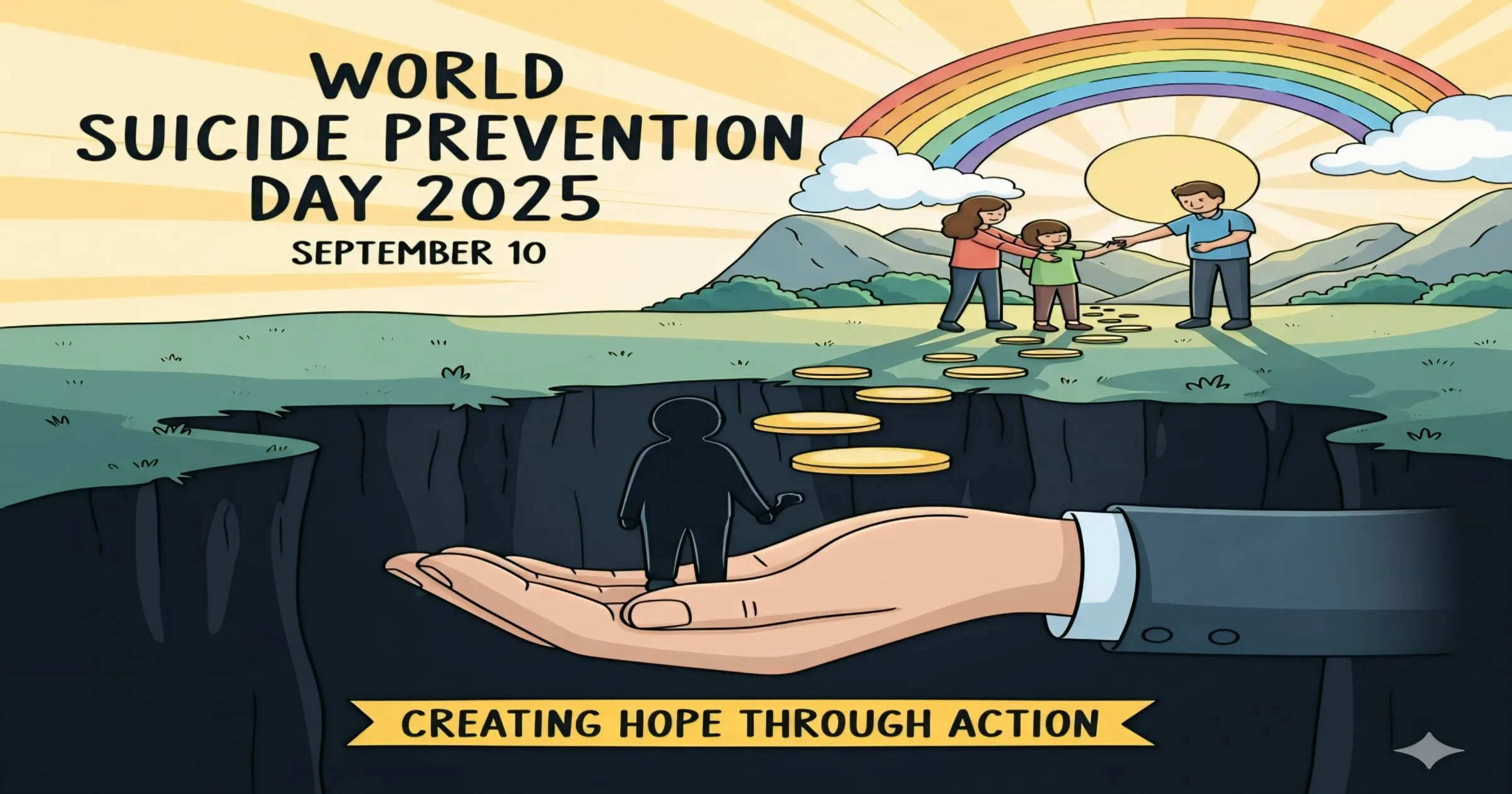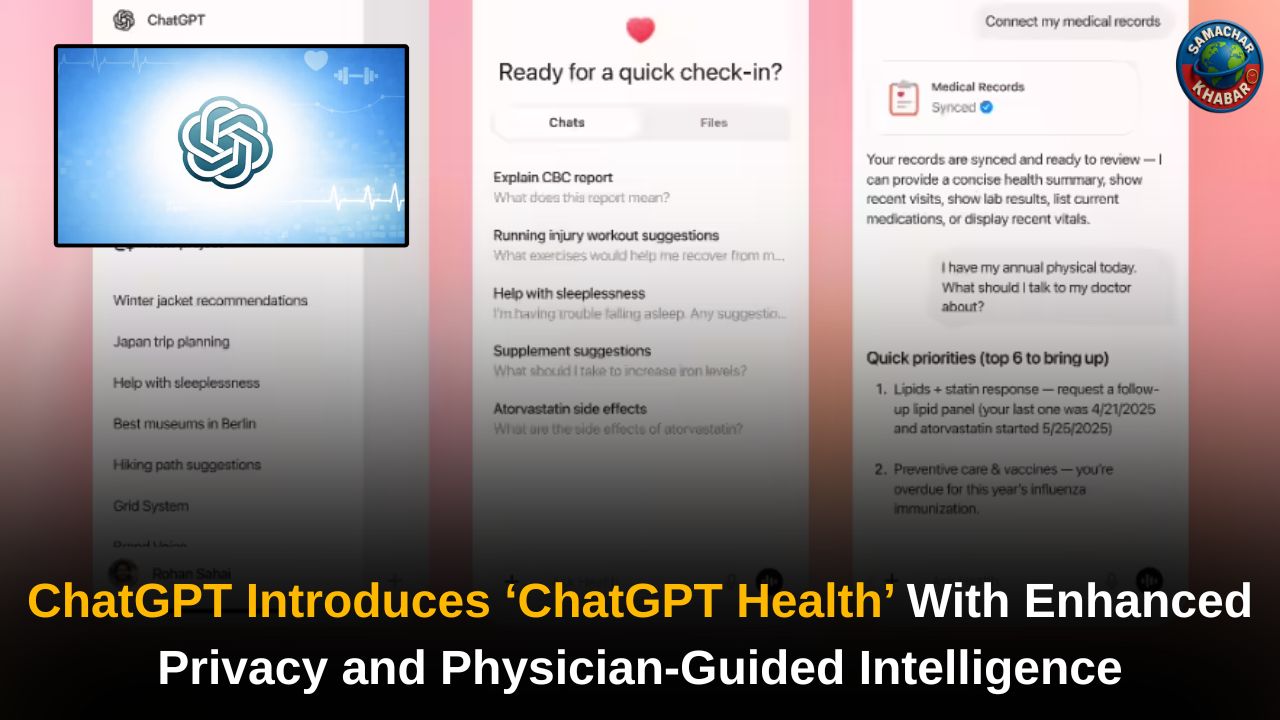Every year on September 10th, the world comes together to observe World Suicide Prevention Day. It’s not just a date on the calendar; it’s a global call to action, a moment to pause and reflect on the immense value of human life. The theme for 2025, “Changing the Narrative on Suicide,” resonates deeply with a powerful message:
Every life is precious. In a world that often feels fast-paced and disconnected, this day reminds us of our shared responsibility to look out for one another. Suicide is a complex issue, but prevention is a universal goal. This blog post will explore how we can all contribute to a more compassionate and supportive world, one conversation at a time.
The Staggering Reality and a Glimmer of Hope
Suicide is a global public health crisis. The World Health Organization (WHO) reports that close to 700,000 people die by suicide every year. That’s a staggering number, highlighting the urgent need for open dialogue and action. However, these statistics also contain a powerful truth: with the right support, resources, and conversations, suicide is preventable.
The phrase “Every life is precious” is more than just a tagline; it’s a fundamental principle. It’s a reminder that every individual, regardless of their struggles, holds immense worth. Their stories, their potential, and their presence are invaluable. When someone is in distress, they often feel isolated and worthless. Our role, as a community, is to counter that feeling with empathy and support. We must actively work to change the narrative from one of shame and silence to one of understanding and hope.
Changing the Narrative: From Silence to Conversation
For far too long, discussions around suicide have been shrouded in stigma and fear. This silence only makes it harder for those struggling to seek help. Changing the narrative means breaking this silence and making it okay to talk about mental health.
How can you contribute to this change?
- Speak with Empathy: Use compassionate language. Instead of saying “committed suicide,” which can imply a crime, say “died by suicide” or “took their own life.” Your words have power.
- Share Your Story (if comfortable): If you have personal experience with mental health challenges, sharing your journey can be incredibly empowering for others. It shows them they are not alone.
- Challenge Misconceptions: Educate yourself and others about the myths surrounding suicide. A common myth is that talking about suicide will plant the idea in someone’s head. The opposite is true—it can be a huge relief for someone to finally be able to talk about what they’re feeling.
- Advocate for Change: Support organizations and policies that prioritize mental health. This includes advocating for better access to mental healthcare and resources in your community.
Recognizing the Signs: A Call for Vigilance
Knowing the warning signs is the first step in helping someone who is at risk. It’s important to remember that these signs can vary, but here are some common indicators to look out for:
- Verbal Clues:
- Saying things like, “Everyone would be better off without me.”
- Talking about feeling trapped or being a burden to others.
- Expressing a desire to disappear or go away.
- Behavioral Changes:
- Increased use of alcohol or drugs.
- Social withdrawal and isolation from friends and family.
- Giving away prized possessions.
- Reckless or risk-taking behavior.
- Mood Shifts:
- Severe anxiety, agitation, or sudden rage.
- Loss of interest in hobbies and activities they once enjoyed.
- Unusual changes in sleep patterns (sleeping too much or too little).
If you notice these signs, don’t dismiss them. Trust your instincts and reach out.
How to Help: A Simple Guide
Helping someone in distress doesn’t require a professional degree. It requires compassion and a willingness to act. The key is to start a conversation and be a source of support.
- Ask Directly, But Gently: Don’t beat around the bush. Ask, “Are you thinking about suicide?” or “Are you feeling so much pain that you are thinking about ending your life?” This direct question can be a lifeline.
- Listen Without Judgment: Create a safe space for them to talk. Listen with your full attention. Avoid saying things like “You have so much to live for” or “Cheer up.” Instead, validate their feelings. You can say, “That sounds incredibly difficult,” or “I’m so sorry you’re going through this.”
- Encourage Professional Help: You don’t have to be a therapist. Your job is to connect them with a professional who can help. Offer to help them find a therapist, a support group, or a crisis hotline.
- Stay with Them: If a person is in immediate danger, do not leave them alone. Remove any potential means of self-harm and call an emergency service or a crisis hotline immediately.
Also Read: Nepal Gen Z Protest 2025: Army Takes Control of Kathmandu Airport Amidst Crisis
Resources for Hope and Healing
Remember, you are not alone in this effort. There are numerous resources available to help both those in distress and those who want to help.
- Crisis Hotlines: Many countries have 24/7 crisis hotlines where trained counselors are available to talk. In India, you can contact the Vandrevala Foundation for mental health support.
- Mental Health Organizations: Organizations like the International Association for Suicide Prevention (IASP) work globally to promote suicide prevention efforts.
- Local Support Groups: Search for local mental health support groups in your area.
- Online Resources: Websites and blogs provide a wealth of information, from coping strategies to guides for friends and family.
- Professional Help: Encourage them to consult a psychiatrist or a clinical psychologist.
The Road Ahead: A Collective Commitment
This World Suicide Prevention Day 2025, let’s move beyond a single day of observance. Let’s make the spirit of this day a part of our everyday lives. The message “Every life is precious” should not be just a slogan, but a guiding principle that shapes our interactions with others. We can all be a part of the solution.
Think about the people in your life—your friends, family, colleagues, and even strangers. A simple gesture of kindness, a moment of active listening, or a compassionate conversation can make all the difference. As the famous poet Rumi once said, “The wound is the place where the light enters you.” By creating a space for those in pain to be heard and supported, we can help them find that light.
Be a Beacon of Hope
Suicide prevention is not a one-person job; it’s a collective effort. It requires a shift in our societal mindset—from one of judgment to one of compassion. On this World Suicide Prevention Day 2025, commit to being a beacon of hope for someone who might be struggling in the dark. Start a conversation, offer a helping hand, and most importantly, remind them that their life is precious. Remember, Every life is precious, and together, we can work towards a world where every life is not only valued but also protected.

















